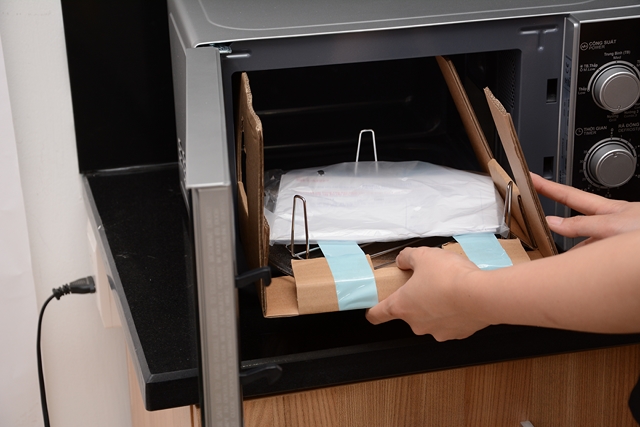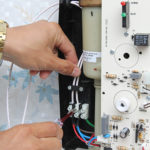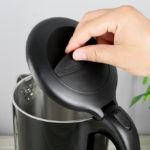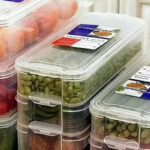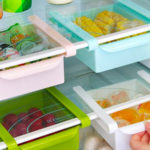How to Install a Microwave
Installation Location
When installing a microwave, it is important to consider safety precautions. The countertop microwave should only be used on a stove and not inside a closed box or frame. Make sure the location is well-ventilated and has some space around it. Avoid placing the microwave near heat sources such as gas stoves, ovens, or heaters, and keep flammable objects away from the microwave and its vents. Additionally, avoid placing the microwave in low-humidity areas or areas at risk of contact with water, such as next to a water tank or sink.
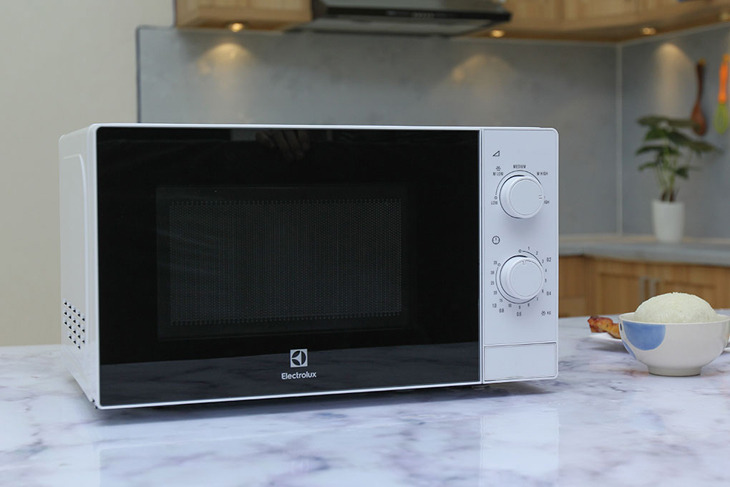
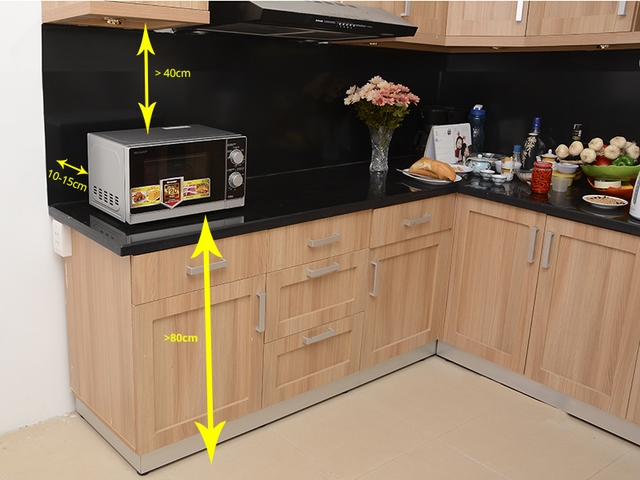
Electrical Installation
It is recommended to use a separate electrical circuit for the microwave. The electrical circuit should be easily accessible so that the plug can be unplugged in case of an emergency. The alternating current must have a fuse or minimum 10A switch.
Notes for Using a Newly Purchased Microwave
Suitable Food Containers
When using a microwave, it is important to use food containers and kitchen utensils that are safe. Most plastic food containers can be used in the microwave, except for single-use containers. Look for labels such as “microwave-safe” or “microwavable” on plastic containers. Heat-resistant glass containers are generally suitable for the microwave, but avoid using thin glass. Ceramic containers can also be used, but avoid those with decorative patterns that may contain lead or other metals that can react in the microwave.
Notes for Using Food Containers
Before placing containers in the microwave, ensure that the lids are opened to ensure safety. Remove any metal fragments or twisted wires from food or containers. Use wide-mouthed utensils to allow air bubbles to escape, as heating liquid in narrow-necked containers may cause overflow and burns.

Types of Food That Require Attention
There are certain types of food that require special attention when using the microwave. Avoid processing eggs without peeling, as well as whole boiled eggs, as they can be dangerous even after cooking. Canned food should not be processed in the microwave. It is also recommended to pierce the skin of foods like potatoes, sausages, and fruits before microwaving to ensure safety.

Other Important Notes
- Do not modify the microwave in any way. If it is damaged, take it to a professional service center for repairs.
- Avoid moving the microwave while it is operating and never operate it without a turntable and food inside.
- Be sure to read and follow the specific instructions for your microwave to prevent overheating and explosions.
- Do not use metal kitchen utensils, as they can cause strong heat and pose a safety risk.
The above information provides essential guidelines for safely using a newly purchased microwave. We hope you find this article helpful!

